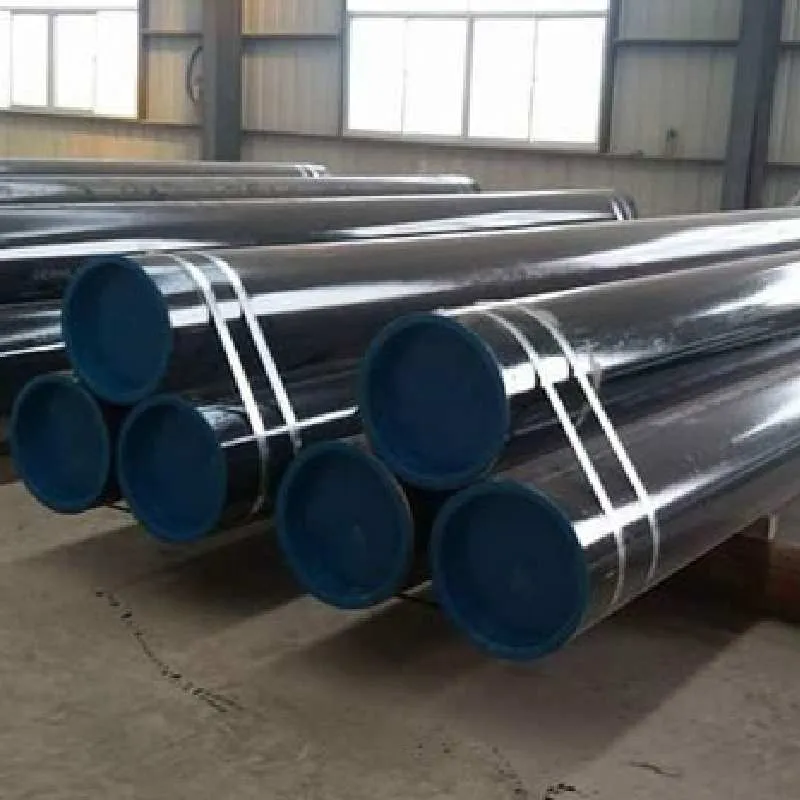-
Cangzhou Yulong Steel Co., Ltd.
-
Phone:
+86 13303177267 -
Email:
admin@ylsteelfittings.com
- English
- Arabic
- Italian
- Spanish
- Portuguese
- German
- kazakh
- Persian
- Greek
- French
- Russian
- Polish
- Thai
- Indonesian
- Vietnamese
- Zulu
- Korean
- Uzbek
- Hindi
- Serbian
- Malay
- Ukrainian
- Gujarati
- Haitian Creole
- hausa
- hawaiian
- Hebrew
- Miao
- Hungarian
- Icelandic
- igbo
- irish
- Japanese
- Javanese
- Kannada
- Khmer
- Rwandese
- Afrikaans
- Albanian
- Amharic
- Armenian
- Azerbaijani
- Basque
- Belarusian
- Bengali
- Bosnian
- Bulgarian
- Catalan
- Cebuano
- China
- China (Taiwan)
- Corsican
- Croatian
- Czech
- Danish
- Esperanto
- Estonian
- Finnish
- Frisian
- Galician
- Georgian
- Kurdish
- Kyrgyz
- Lao
- Latin
- Latvian
- Lithuanian
- Luxembourgish
- Macedonian
- Malgashi
- Malayalam
- Maltese
- Maori
- Marathi
- Mongolian
- Myanmar
- Nepali
- Norwegian
- Norwegian
- Occitan
- Pashto
- Dutch
- Punjabi
- Romanian
- Samoan
- Scottish Gaelic
- Sesotho
- Shona
- Sindhi
- Sinhala
- Slovak
- Slovenian
- Somali
- Sundanese
- Swahili
- Swedish
- Tagalog
- Tajik
- Tamil
- Tatar
- Telugu
- Turkish
- Turkmen
- Urdu
- Uighur
- Welsh
- Bantu
- Yiddish
- Yoruba

Jul . 29, 2024 20:47 Back to list
Understanding the Essential Components and Functionality of Slurry Pump Systems for Efficient Operations
Understanding Slurry Pump Parts An Essential Guide
Slurry pumps are vital components in various industries, notably in mining, construction, and wastewater management. These specialized pumps are designed to handle a mixture of liquids and solids, known as slurry, which can be abrasive and corrosive. To ensure efficient and reliable operation, it is crucial to understand the various parts of a slurry pump. This article will explore the essential components, their functions, and the importance of each part in the overall pump operation.
1. Pump Casing
The pump casing is the outer shell of the slurry pump. It provides structural support and houses the internal components. Typically made from robust materials such as cast iron or stainless steel, the casing is designed to withstand high pressure and corrosion from the abrasive slurries it pumps. The design of the casing is crucial as it directly affects the pump’s performance and efficiency.
2. Impeller
The impeller is perhaps the most critical component of a slurry pump. It is a rotating part that imparts energy to the slurry, enabling it to flow through the pump. Impellers are designed with specific geometries, such as open, semi-open, or closed, to optimize the handling of solids in the slurry. The choice of impeller design affects the hydraulic performance and the ability of the pump to handle different types of slurry mixtures.
3. Suction and Discharge Flanges
Suction and discharge flanges are integral parts of the pump that facilitate the entry and exit of slurry. The suction flange connects to the source of slurry, while the discharge flange directs the flow of pumped slurry to its destination. Proper sizing and alignment of these flanges are critical to minimize friction losses and ensure efficient flow.
4. Wear Liners
slurry pump parts

Slurry pumps often encounter abrasive materials, which can lead to rapid wear of the interior surfaces. Wear liners are installed within the casing and around the impeller to absorb the wear and tear caused by the solid particles in the slurry. These liners are typically made from high-wear-resistant materials, significantly extending the pump's lifespan and reducing maintenance costs.
5. Mechanical Seals
Mechanical seals are crucial in preventing slurry leakage from the pump casing. They provide a barrier between the pump internals and the external environment, maintaining pressure within the pump. Depending on the application, various types of mechanical seals may be used, including single and double seals, to address specific operational challenges like corrosion and contamination.
6. Bearings
Bearings support the rotating shaft of the pump, ensuring smooth operation. They must also be designed to withstand both radial and axial loads, given the dynamic nature of slurry pumping. Common types of bearings used in slurry pumps include roller and ball bearings, which are often lubricated to reduce friction and wear.
7. Drive Assembly
The drive assembly, often consisting of a motor and coupling, provides the necessary power to turn the impeller. The choice of motor (electrical, hydraulic, or diesel) depends on the specific application and operational requirements. The coupling connects the motor to the impeller shaft, ensuring efficient power transfer.
Conclusion
Understanding the various parts of a slurry pump is essential for operators, engineers, and maintenance personnel. Each component plays a specific role in ensuring the efficient and reliable operation of the pump. By investing in high-quality materials and components, as well as adhering to proper maintenance protocols, industries can enhance the performance and longevity of their slurry pumps, ultimately leading to increased productivity and reduced downtime. As the demand for efficient handling of slurries continues to grow, awareness of these vital components will remain imperative for industries that rely on slurry pumping systems.
Latest news
-
ANSI 150P SS304 SO FLANGE
NewsFeb.14,2025
-
ASTM A333GR6 STEEL PIPE
NewsJan.20,2025
-
ANSI B16.5 WELDING NECK FLANGE
NewsJan.15,2026
-
ANSI B16.5 SLIP-ON FLANGE
NewsApr.19,2024
-
SABS 1123 FLANGE
NewsJan.15,2025
-
DIN86044 PLATE FLANGE
NewsApr.19,2024
-
DIN2527 BLIND FLANGE
NewsApr.12,2024
-
JIS B2311 Butt-Welding Fittings LR/SR 45°/90° /180°Seamless/Weld
NewsApr.23,2024











